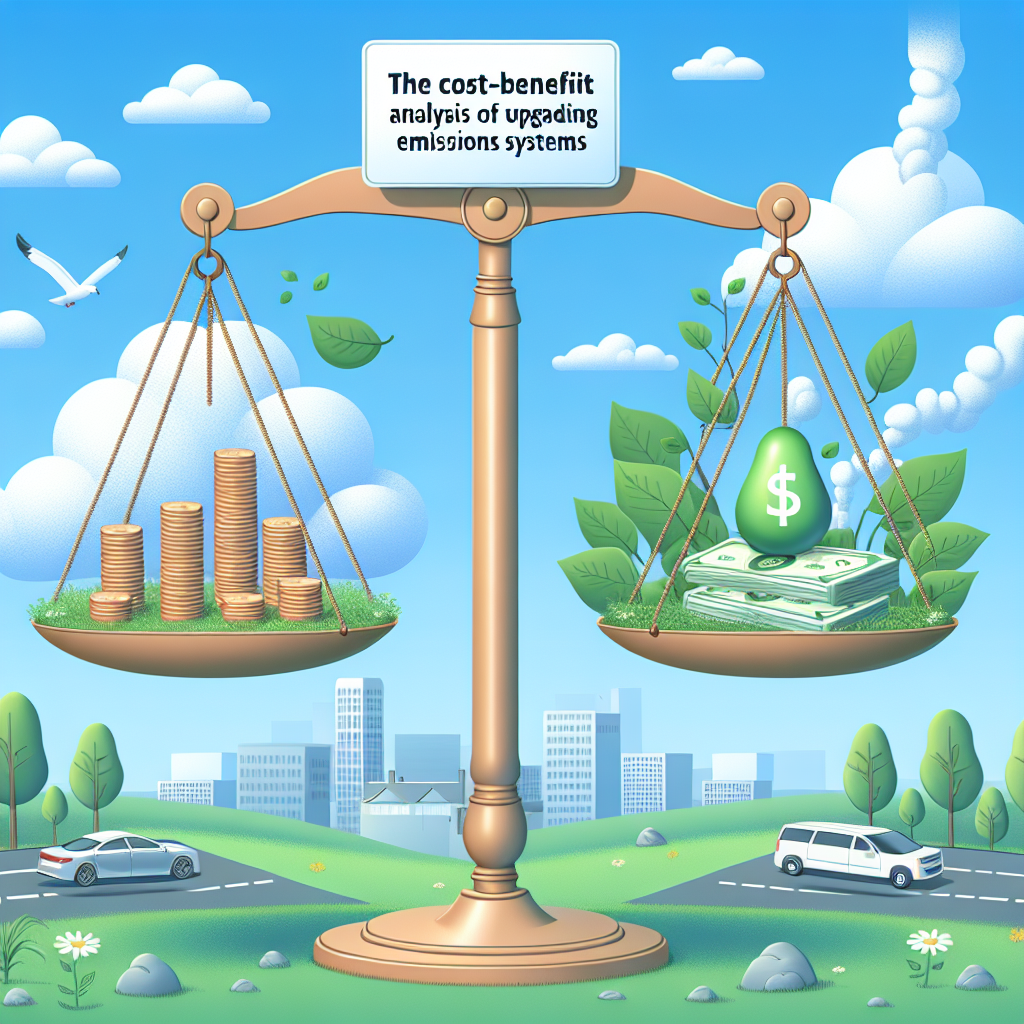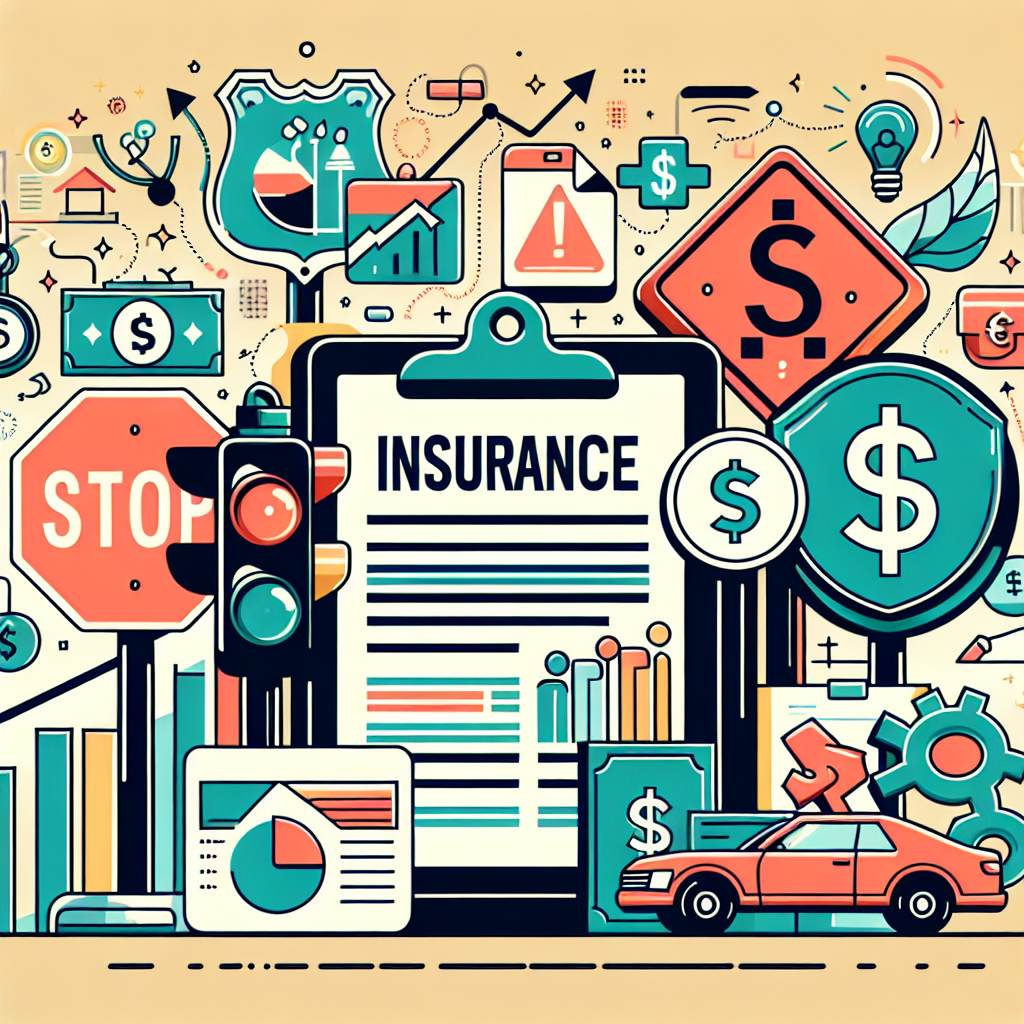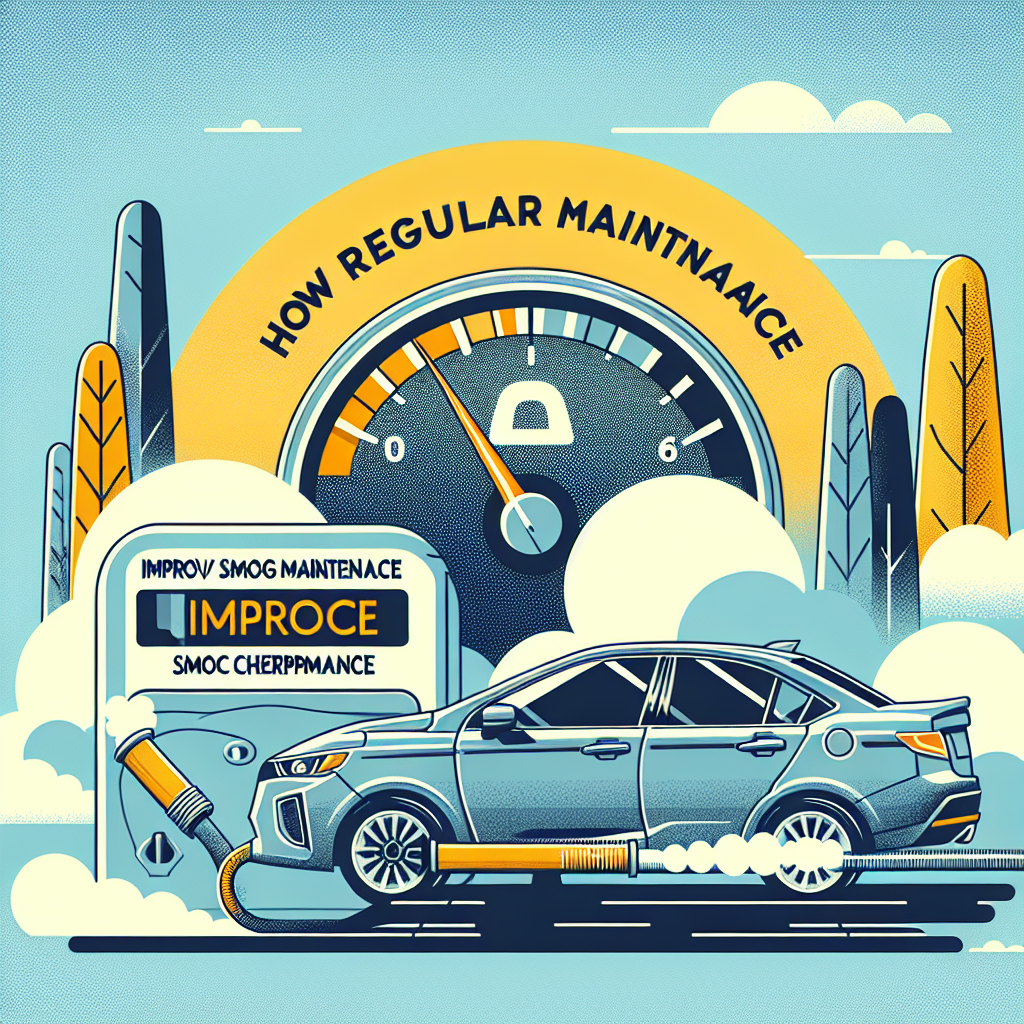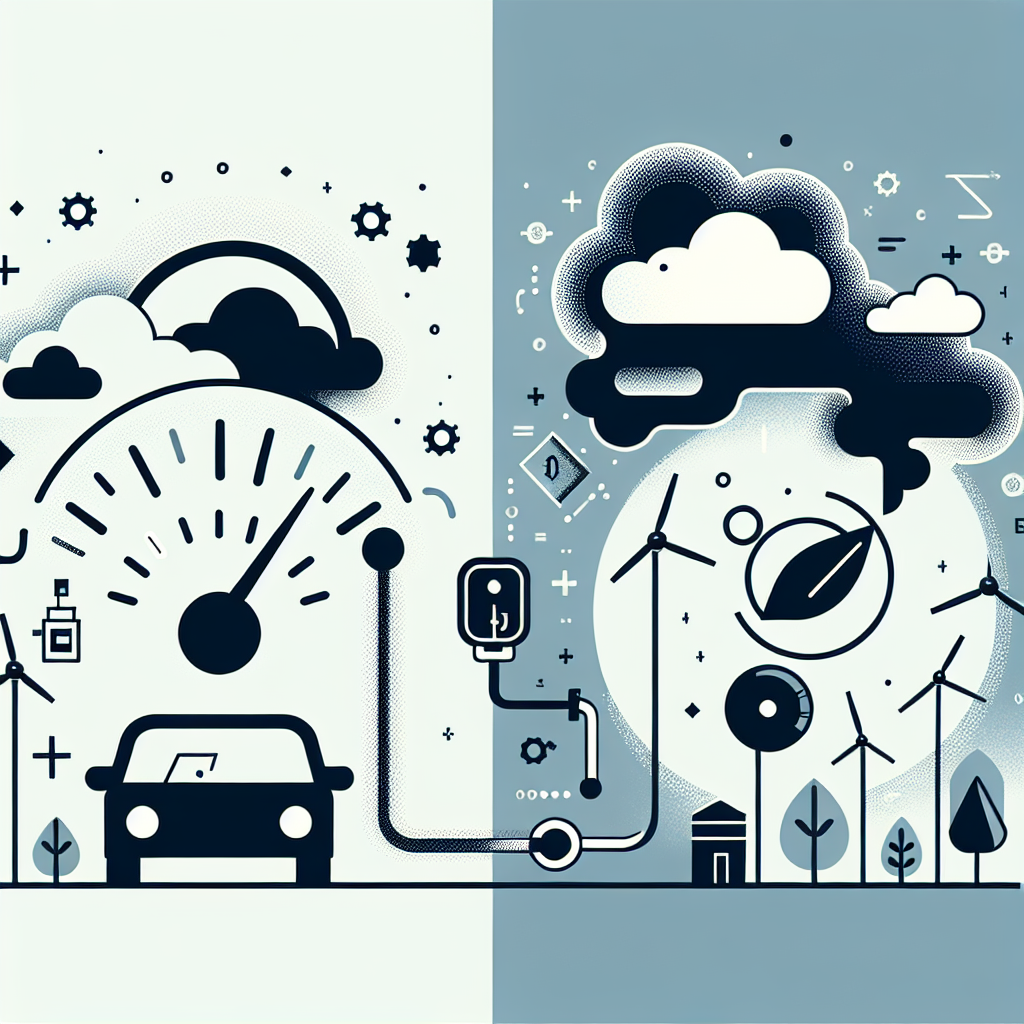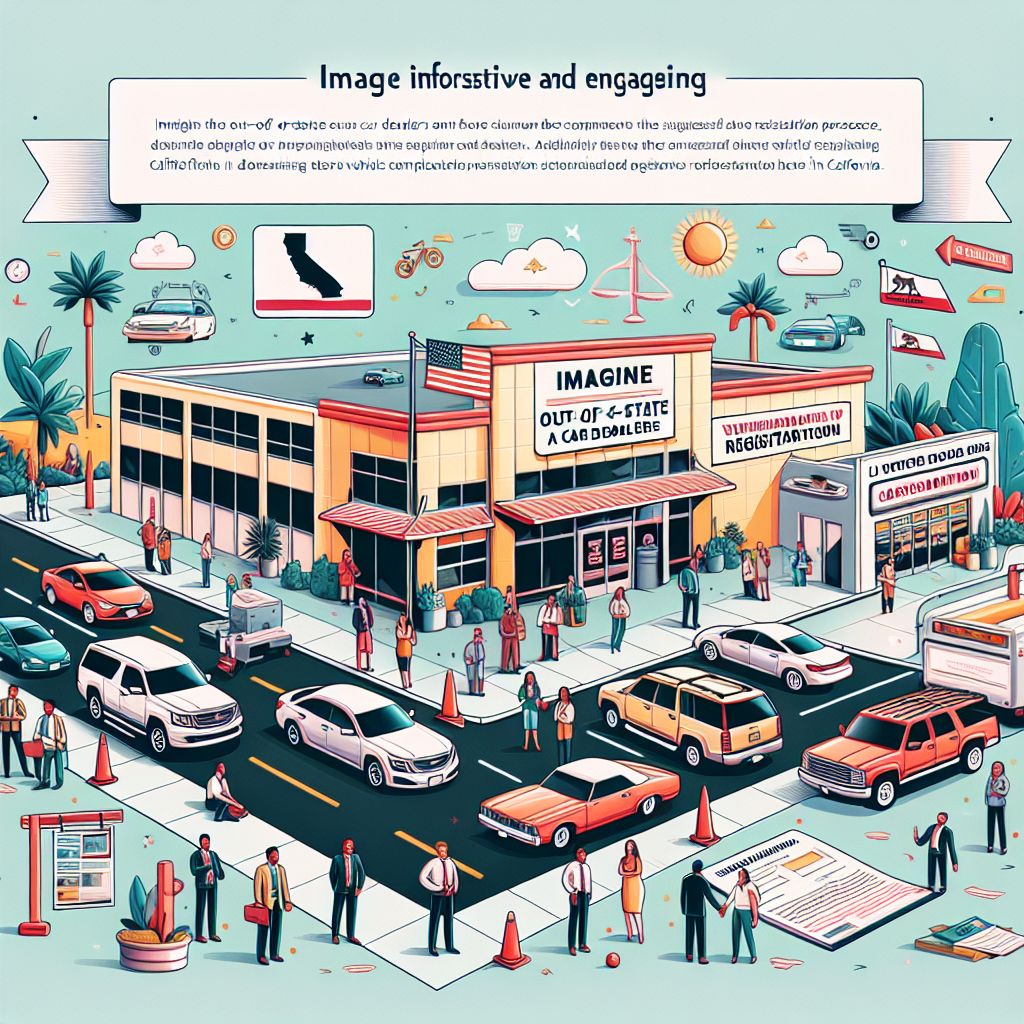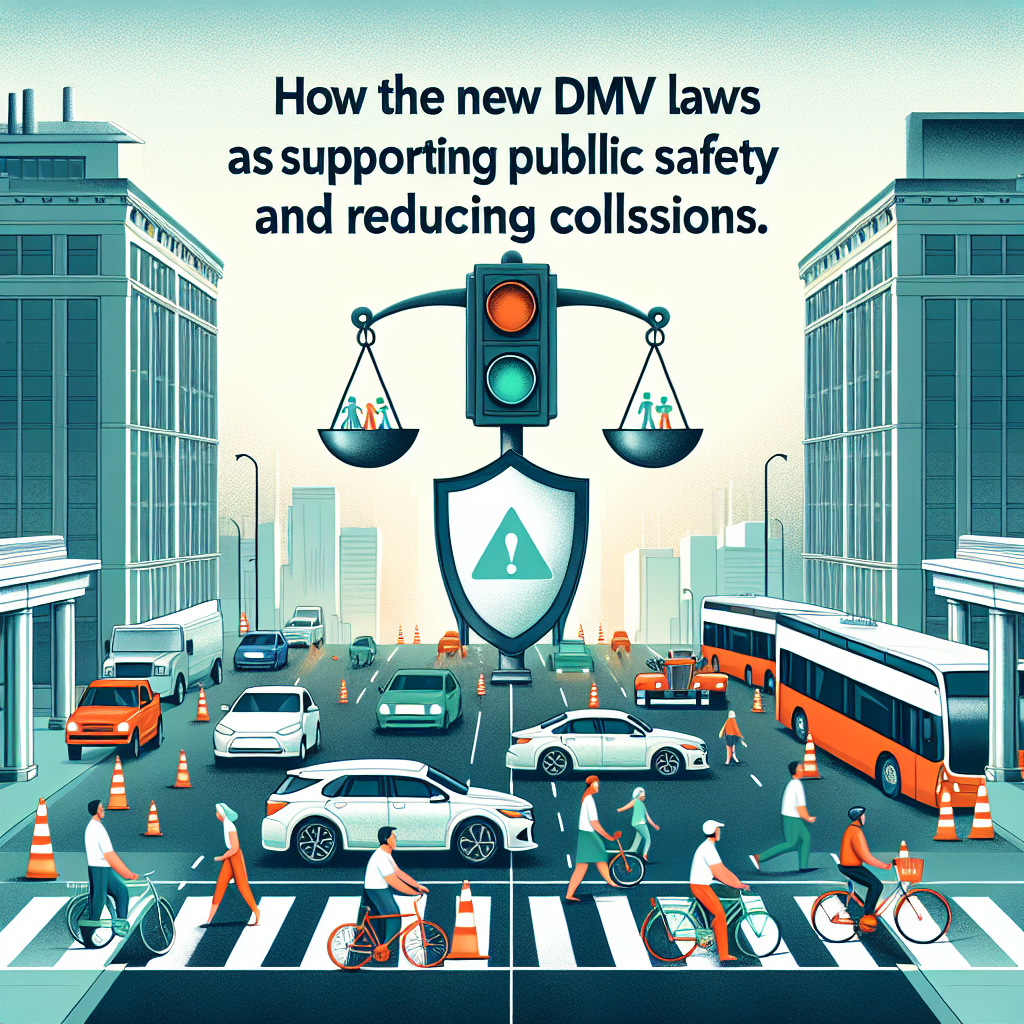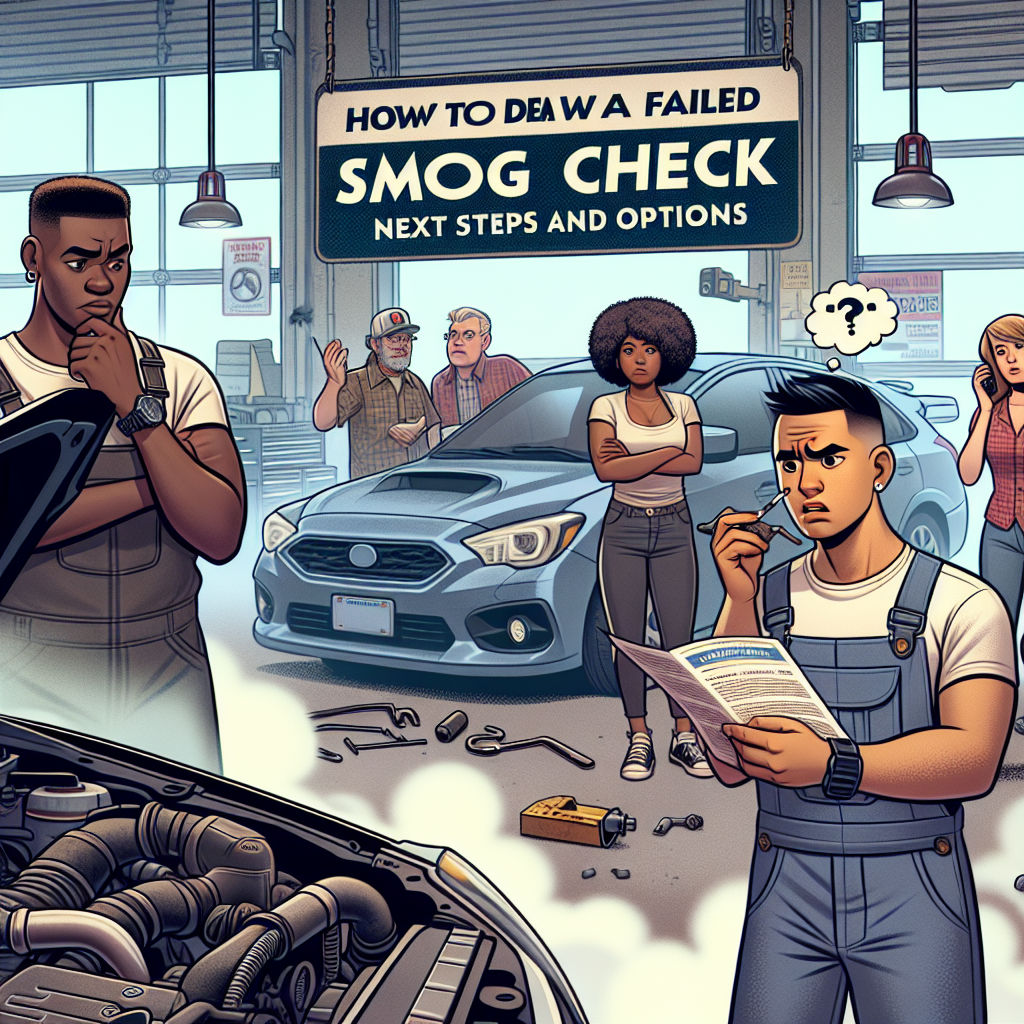The Cost-Benefit Analysis of Upgrading Emissions Systems
Introduction
Emissions systems are very important because they help reduce harmful pollution from cars and big machines. This helps protect the environment and keep people healthy. As more people learn about pollution, it’s becoming more important to upgrade these systems. But, before making any changes, we should think about the costs and benefits to see if it’s a good idea.
Understanding Emissions Systems
Emissions systems are made to cut down on the release of harmful stuff like carbon monoxide (CO), nitrogen oxides (NOx), hydrocarbons (HC), and small particles (PM) into the air. In cars, parts like catalytic converters, diesel particulate filters, and exhaust gas recirculation systems help reduce pollution. Big factories use similar but larger systems to meet their needs.
Governments like the Environmental Protection Agency (EPA) or the European Environment Agency set rules about how much pollution is okay. To follow these rules, old systems might need to be updated so they meet new standards.
Costs of Upgrading Emissions Systems
- Initial Investment and Installation Costs: Updating to new emissions systems can cost a lot of money at first. You need to buy new equipment, pay workers to install it, and maybe even change parts of the facility.
- Ongoing Maintenance and Operational Expenses: After getting new systems, they need to be taken care of so they last a long time. This can cost money over time and should be included in the total cost.
- Potential for Downtime During Implementation: Putting in new systems might mean shutting things down for a little bit, which could hurt productivity and profits. It’s important to think about how long this might take and how much it could cost.
Benefits of Upgrading Emissions Systems
- Environmental Benefits: New systems cut down on pollution a lot, which helps clean the air and makes people healthier. Even though we can’t put a price on this, it’s really good for everyone.
- Economic Benefits: Even though it costs a lot at first, better emissions systems can save money in the long run. They make things like fuel use better and cut down on maintenance costs. Plus, businesses might get tax breaks for going green.
- Compliance Benefits: Updating ensures that the company follows strict pollution rules. Not following these rules can lead to fines and hurt the company’s reputation.
Factors Influencing the Decision to Upgrade
- Age and Condition of Existing Systems: Old systems that are getting worn out might need to be replaced before they break.
- Technological Advancements: New technology that works better and pollutes less can be a big reason to upgrade.
- Industry-Specific Regulations: Rules for certain industries or areas might mean upgrades are necessary.
Case Studies and Examples
- Success Story: A delivery company upgraded its trucks with new emissions systems, which cut fuel use and pollution by 30%. This saved a lot of money and made the company look good.
- Regional Example: A city used low-emission buses, which made the air cleaner and earned it federal funding.
Challenges and Considerations
Some people might not want to spend the money on upgrading. Showing them the long-term benefits and success stories can help change their minds. It’s important to focus on areas where upgrades will help the most and use any government incentives available.
Conclusion
While upgrading emissions systems costs money at first, the benefits over time are worth it. From following rules and saving money to helping the environment and people’s health, it’s a good choice.
Call to Action
If businesses or cities are thinking about upgrading, they should start by looking closely at their current systems. Talking to experts can help them understand what can be improved and what financial help is out there. Work with trusted professionals to make the most of new emissions systems.
Additional Resources
- EPA Guidelines on Emissions
- European Environment Agency Emission Standards
- Contact: Emissions system consultants and environmental auditors
- Further Reading: Success stories of emissions system upgrades
Call to Action
We warmly welcome you to come visit us at Tags Clinic, located at 3845 University Ave, San Diego, CA. If you’d prefer to call, you can reach us at 619-777-9046. We genuinely look forward to helping you understand the benefits of upgrading your emissions systems. Please feel free to step forward in making your contribution towards a cleaner future.
You can also visit us online by clicking here.
